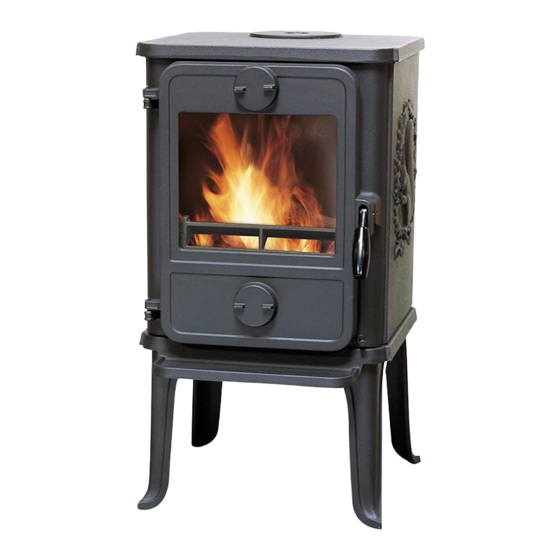Table of Contents
Advertisement
Quick Links
Instructions for installation and use
1412, 1442 & 1452
74,6% efficiency
DEFRA approved for use in United Kingdom smoke control areas
Distributed by: Morsø UK
Valley Drive · Swift Valley · Rugby, Warks CV21 1TW · England
MORSØ JERNSTØBERI A/S . DK-7900 NYKØBING MORS
E-Mail: stoves@morsoe.com · Website: www.morsoe.com
Advertisement
Table of Contents


















Need help?
Do you have a question about the 1412 and is the answer not in the manual?
Questions and answers